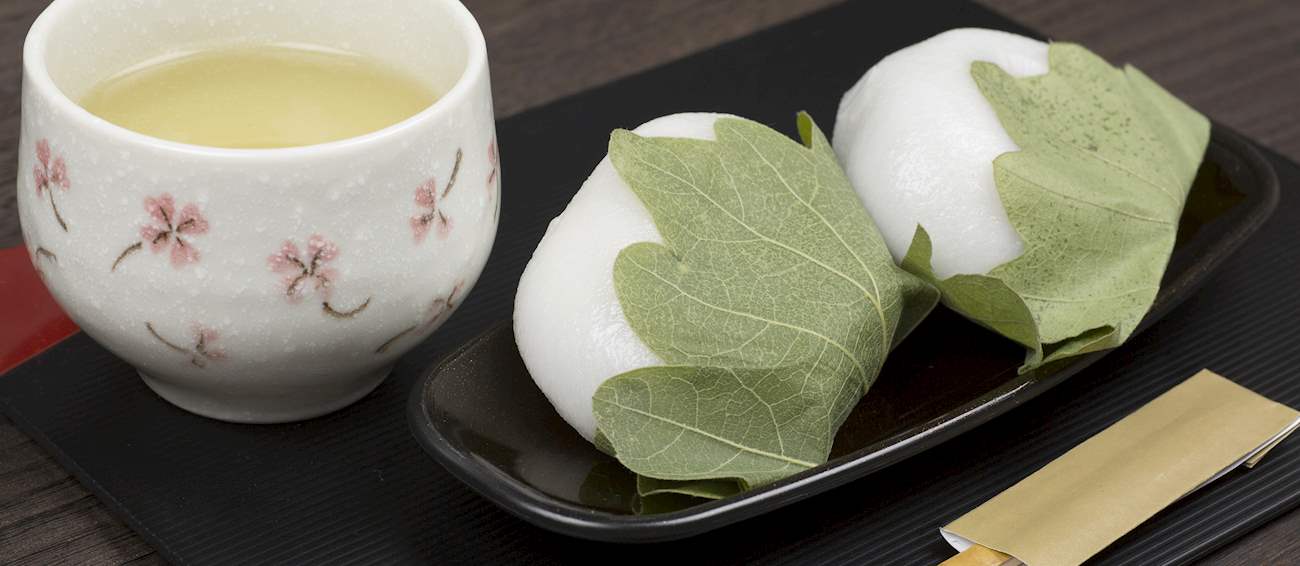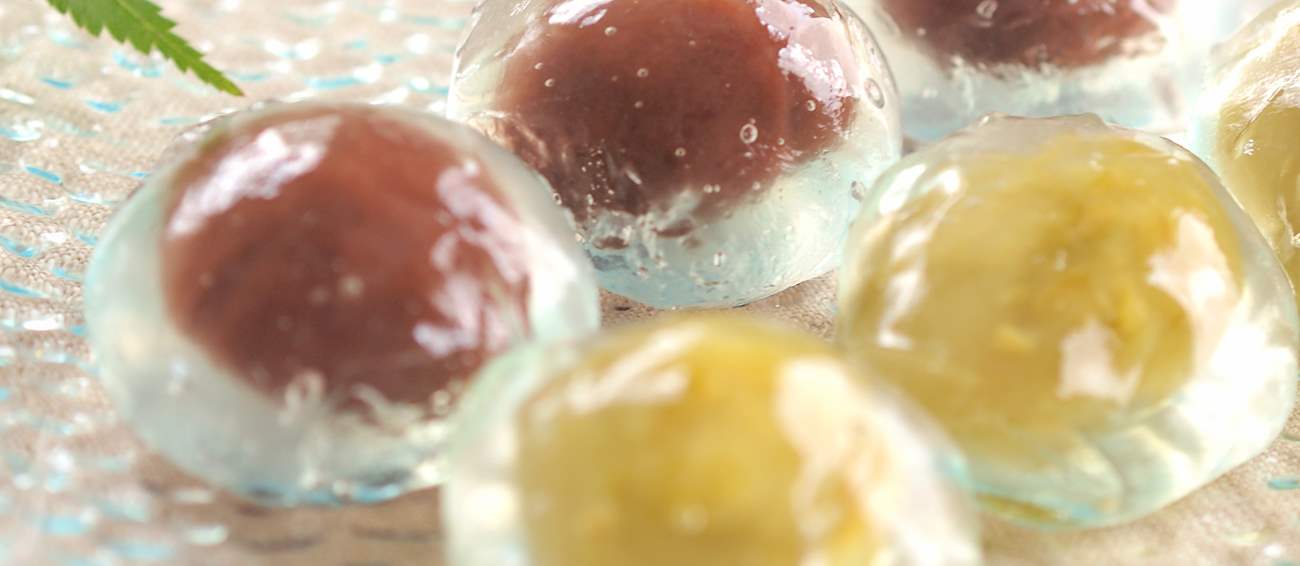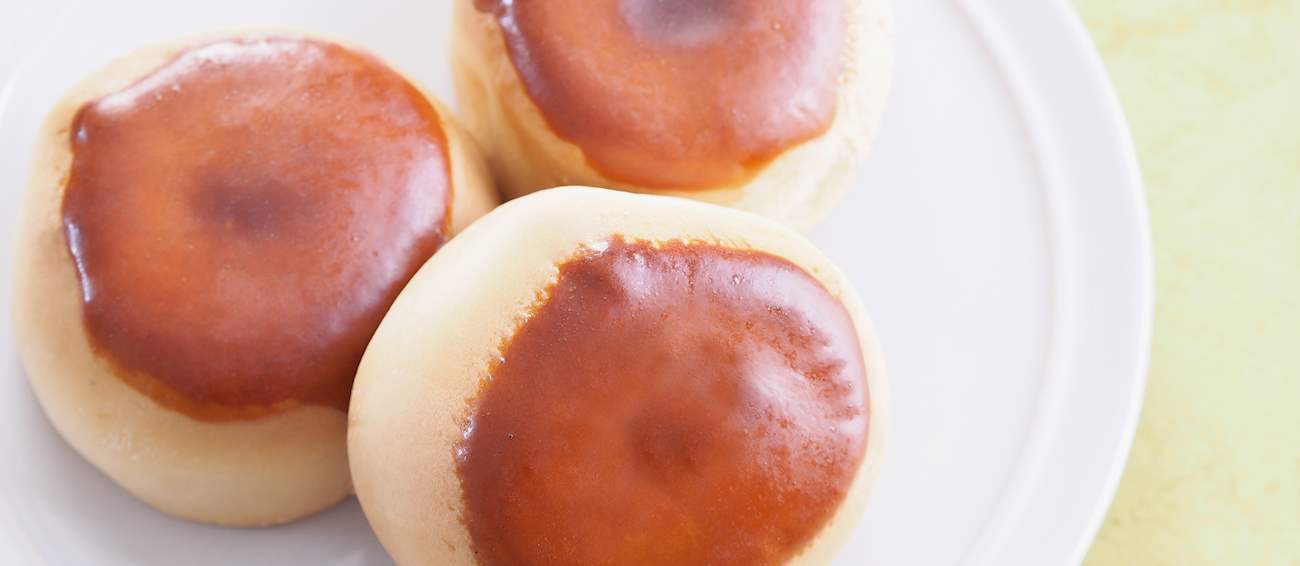Manjū
(Manju, 饅頭 , まんじゅう)
Manjū is a steamed Japanese confectionery product shaped into various forms and incorporating different ingredients and flavors. Usually, there are two main parts of manju, the outer shell, created out of kneaded wheat or rice flour, and the creamy paste hidden inside the chewy outer layer.
The most common variety is produced with wheat flour and filled with red bean paste, popularly called anko or tsubuan. The origins of manjū probably lie in China but are nowadays traditionally associated with Japan. The origin story of this traditional treat says that the original Chinese creation called mantou had a meat filling, but was later altered by the Japanese vegetarian monks and stuffed with a semi-sweet red bean paste.
Many varieties grew out of the original form, and the modern fillings include white bean paste and different creams flavored with citrus, fruit, chocolate or vanilla. Read more
The outer shell is most commonly made with wheat flour, but rice or any other starchy flour can be employed in its creation. Various colors are often added to the shell, creating an attractive and decorative dessert. Although it is typically considered a confectionery product, manjū can also appear in savory forms and be eaten as a snack.
These beautiful and decorative treats play an important part in Japanese culture. The red and white manjū is often given as a thank-you-gift at weddings, and a special variety is often brought to funerals. It is also eaten as an everyday dessert and regarded as the favorite treat among the locals.
Because of its alluring appearance, these petite sweets are often sold as traditional Japanese souvenirs.



